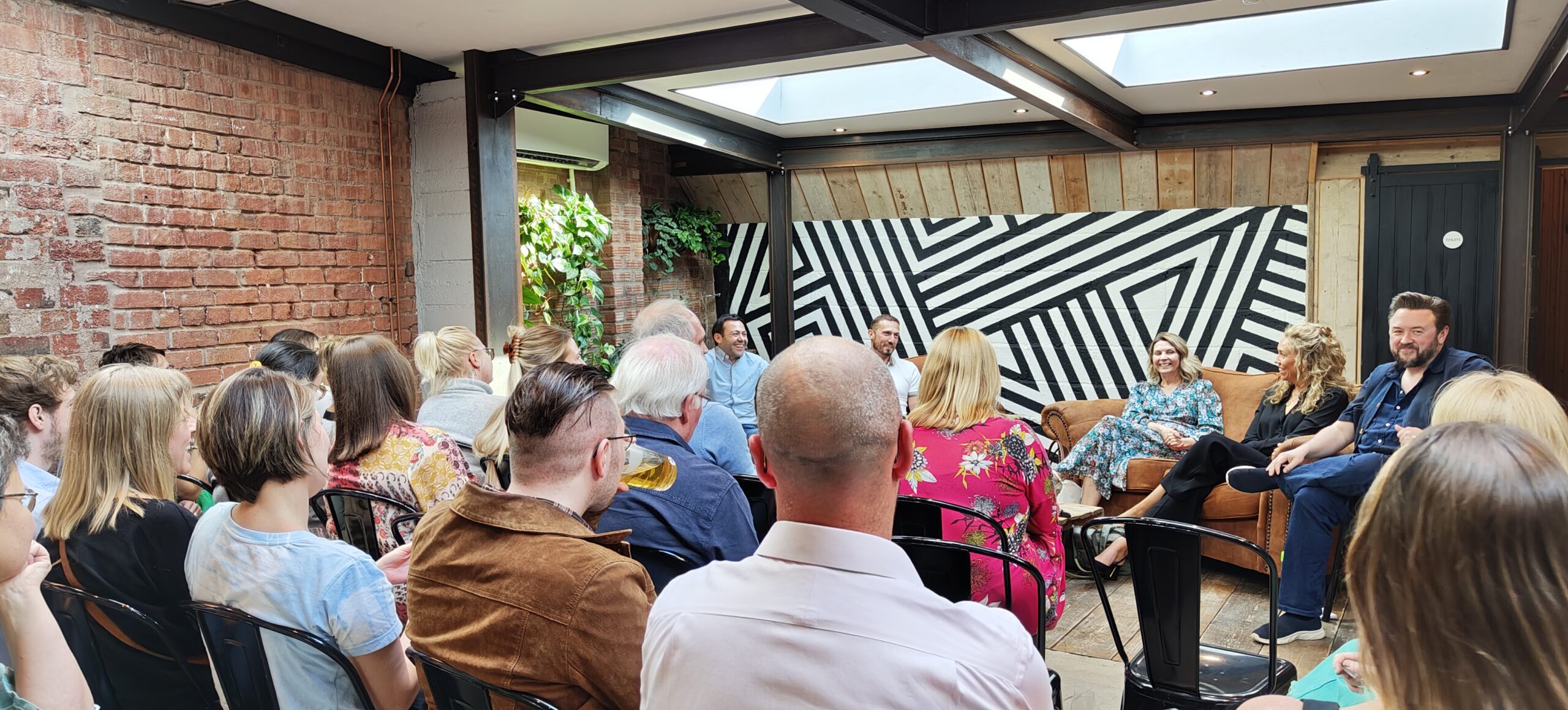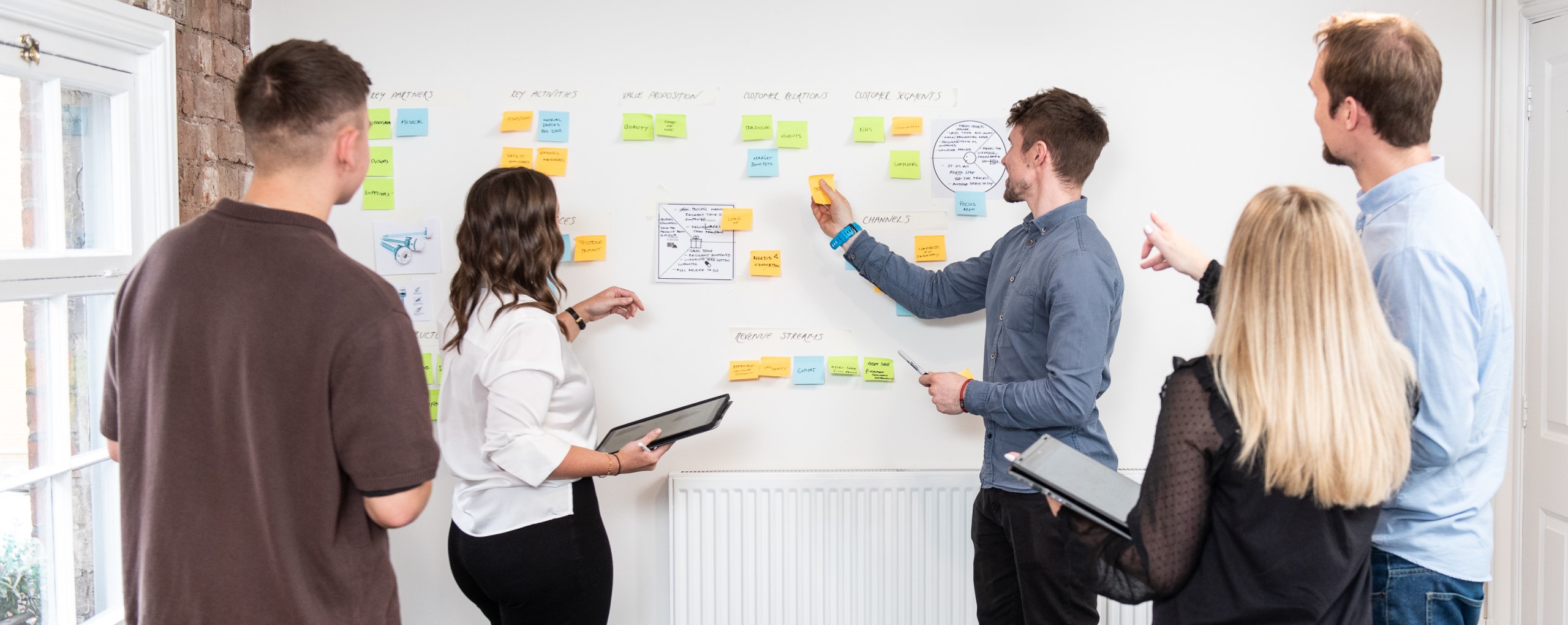At Simple Design Works, we’re always looking at elevating experiences with our design which kickstarted a conversation with our customer-obsessed friends at Immersion Group. Experience design will soon upend the way businesses and customers think, feel and (more importantly) remember products and services. So we asked them why XD is driving such momentous change.
How would you explain the evolution of experience design?
The backbone framework of experience design, which is human-centred design, certainly isn’t a new concept. But experience has created a new layer. One that is about fundamentally understanding how humans interact with the world around them. Of course, there are physical interactions where human senses are involved. But a physical product itself isn’t the totality of experience. It is something much more personal and individual.
The world of experience design shifted from focusing purely on ease, efficiency and effectiveness into a much more sensitive, empathetic and engaging construct. Where the processes of designing and building are done with the customer to create a conscious engagement that results in a conscious emotional response. Experience design is really the design of curiosity, the design of immersion, and the design of flow.
Can you tell us more about memory being the new business differentiator
By now, everyone is familiar with being in the age of the customer in which consumers have more choice and access than ever before. The world has moved from a service economy into a new frontier of the experience economy. And this change is fundamental because we are moving away from organisations able to compete on their products and services without a high degree of commoditisation. It’s very easy to emulate winning products, which means organisations need to focus more deeply on the customer.
In the experience economy, truly understanding the emotional response people have as they become conscious of an event, impacts on memory. As organisations impact memory they can create a space where customers enjoy an interaction – and how they remember that interaction drives future behaviour. In this new paradigm, products and services are the platforms on which experiences are built. We believe it is this that will soon become the next competitive landscape and where real differentiation lies.
Is experience differentiation the key to winning in the digital age?
We deeply believe that we should be designing for value as a core outcome because experience is the next competitive ground for value differentiation. Businesses now understand that digital differentiation alone is no longer enough. You now need experience differentiation within your digital approach in order to win.
There are however obstacles to fully realising the potential of experience design. Far too many businesses believe that by simply putting an experience design team in place it will yield results. Very often though, it’s not a design team issue. Rather, it’s an organisational structure and mindset issue. A business that’s too narrowly focused on products and services will struggle to become truly experiential.
How does convenience and access effect XD?
In the current business environment, organisations are preoccupied with service optimisation; how quickly these can be delivered where key processes are shortened and rendered as prosaic and unmemorable as possible. There is a great irony at play here. Because in the experience economy, the more customers spend time with your business, the more they remember your business, and the more likely they are to become repeat customers. Reducing a customer’s check-out time to five seconds instead of ten may be a slight differentiator, but it won’t make a customer remember your brand. And it certainly won’t entice them to talk about your business.
We don’t yet see rich and compelling theatrical staged experiences built on top of products and services, but that’s exactly where the next stage of industry development is headed.





